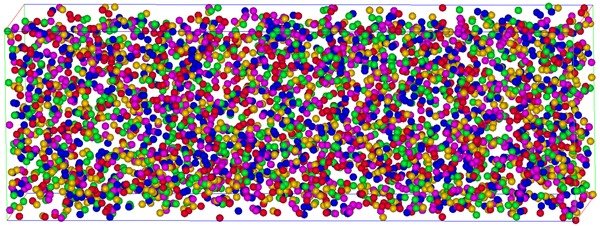Interstitial alloying can improve the mechanical properties of high-entropy alloys (HEAs). In some cases, the interstitial-alloying impact is very different from those in conventional alloys. We investigate the effect of interstitial alloying in fcc CrMnFeCoNi HEA as well as bcc refractory HEAs, particularly focusing on the solution energies and…


